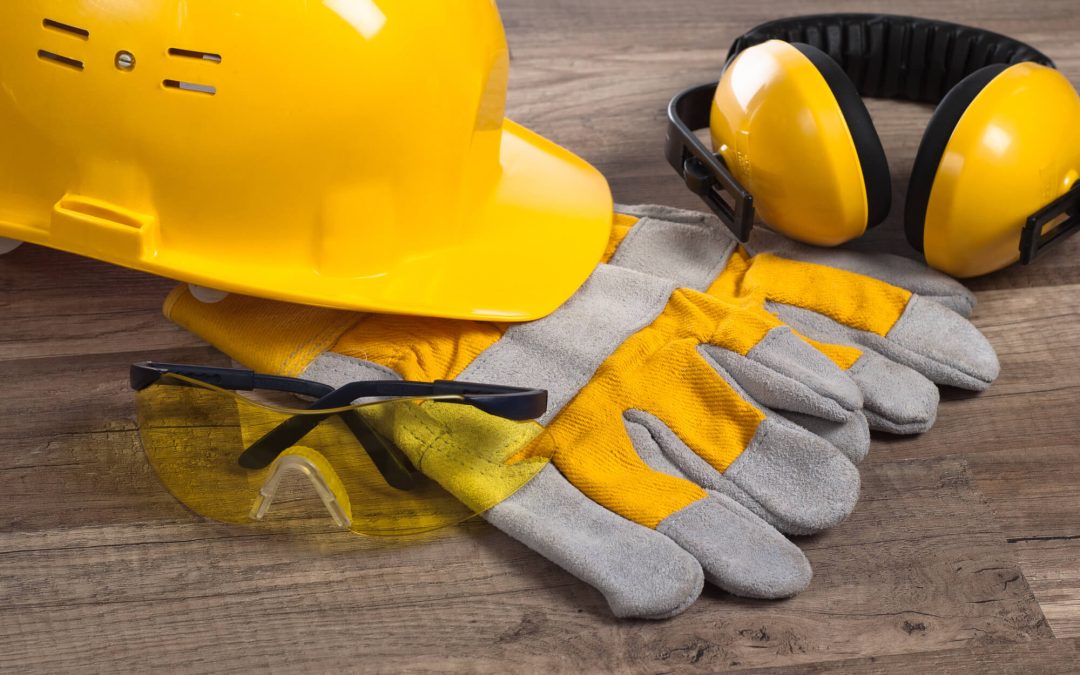DIY projects around the house are rewarding, allowing people to save money and grow their skills. However, it’s crucial to prioritize safety when engaging in DIY activities to prevent accidents and injuries. Investing in the right safety gear is the first step in creating a safe DIY environment. This article will highlight essential safety gear for home projects, ensuring that novices and seasoned DIY enthusiasts can enjoy their projects without compromising their well-being.
1. Safety Gear for Home Projects: Protective Eyewear
One of the most vulnerable areas during DIY projects is the eyes. Flying debris, dust, and chemical splashes pose a significant risk. Wearing ANSI-approved safety glasses or goggles provides a protective barrier, preventing eye injuries. Consider using a full-face shield for protection for tasks involving grinding, cutting, or any activity that generates airborne particles.
2. Hearing Protection
Prolonged exposure to loud tools and machinery can cause irreversible hearing damage. Earplugs or earmuffs are essential for reducing noise levels and safeguarding your hearing. Wearing hearing protection is non-negotiable when using power tools like saws, drills, or sanders.
3. Respiratory Protection
Dust, fumes, and airborne particles are common in DIY workshops and can pose respiratory hazards. N95 respirators or masks with appropriate filtration are vital for protecting your lungs. Choose the right type of mask based on the materials and tasks involved in your project.
4. Head Protection
A sturdy, well-fitted hard hat is essential for projects that involve overhead work or the potential for falling objects. Whether working on construction projects or hanging shelves, head protection is a fundamental safety measure.
5. Hand Protection
Hands are often the most exposed body parts during DIY tasks. Gloves designed for specific tasks, such as cut-resistant gloves for handling sharp objects or chemical-resistant gloves for working with hazardous substances, provide an additional layer of protection. Choose gloves that are comfortable and allow for dexterity while ensuring adequate protection.
6. Footwear
Sturdy, closed-toe shoes with slip-resistant soles are crucial for preventing foot injuries. Proper footwear is a simple yet effective safety measure, whether handling heavy materials, working with tools, or navigating potential tripping hazards.
7. Proper Clothing is Essential Safety Gear for Home Projects
Wear appropriate clothing for the task at hand. Avoid loose or baggy clothing that could get caught in machinery. If working with chemicals, consider wearing chemical-resistant aprons or coveralls to protect your skin from splashes.
8. Fall Protection
For DIY projects involving work at heights, fall protection is essential. Use a safety harness and secure anchor points when working on ladders, roofs, or elevated platforms. Ensure that the harness is fitted correctly and regularly inspected for any signs of wear or damage.
9. Fire Safety Gear for Home Projects
Depending on your DIY activities, having fire safety equipment on hand is prudent. Keep a fire extinguisher in your workshop and know how to use it. Familiarize yourself with emergency exit routes and have a first aid kit readily available.
Prioritizing safety is a non-negotiable aspect of any DIY project. By investing in the right safety gear, individuals can significantly reduce the risk of accidents and injuries, allowing them to enjoy their creative pursuits with peace of mind. Remember, safety should always be the first tool you reach for in your DIY toolkit.
J.E.T. Home Inspections provides comprehensive inspection services to homeowners in West Palm Beach, Port St. Lucie, Florida, and Miami-Dade, Martin, and Broward counties. Contact us to request our services.

